Table of Contents
Introduction
Games have held a central place in human culture for countless generations, bridging gaps between people of diverse backgrounds, age groups, and historical epochs. From early forms of social interaction to the contemporary digital wonders, games have played a vital role in shaping societies, fostering connections among individuals, and offering a source of entertainment. This article delves into the enthralling history of games, tracing their evolution over time, and highlighting the profound impact they have had on different aspects of human existence.
Throughout history, games have transcended geographical borders, reaching far and wide to engage people from all walks of life. The allure of games lies in their ability to bring joy and amusement while simultaneously acting as a platform for learning and development. From ancient civilizations to present-day communities, games have served as more than mere diversions, often carrying deeper cultural and social significance.
The earliest games can be traced back to the imaginative minds of our ancestors, who turned their surroundings into playful arenas. These early activities fostered bonding among communities and provided an outlet for physical expression. As human civilization progressed, games evolved into complex activities that not only entertained but also imparted spiritual and ethical lessons.
The timeline of games stretches from the ancient past to the modern era. From the board games of ancient Egypt, such as “Senet,” to the sophisticated virtual realms of the 21st century, games have continuously adapted to the changing times. With the advent of computers and technology, games took a digital leap, creating immersive experiences that challenge the imagination.

The tools used to play games have also undergone a significant transformation. From simple bones, stones, and sticks, gaming pieces evolved to include dice, which emerged around 3000 BCE. The digital revolution then paved the way for the creation of video games, revolutionizing the gaming industry and captivating millions worldwide.
Beyond mere entertainment, games have been instrumental in developing mental skills and strategic thinking. Games like “Shatranj” and “Weiqi” (GO) were viewed as intellectual pursuits, played by scholars and leaders alike to enhance their mental acumen.
Games have not only been prevalent within individual cultures but have also journeyed across continents. Each civilization added its unique flavor to the world of gaming, shaping a diverse and rich landscape.
In conclusion, games have been an inseparable thread woven into the tapestry of human life. Their enduring presence, spanning through centuries, demonstrates their significance as a cultural phenomenon. From their humble beginnings as playful activities to becoming powerful tools for learning and development, games continue to captivate hearts and minds, unifying people and cultures across the globe.
The Ancient Beginnings
Games have a history that stretches back to ancient times, where our ancestors found delight and connection through playful activities. The roots of games can be traced to the creative minds of early humans, who ingeniously turned their surroundings into playgrounds.
From the earliest forms of social interaction to modern-day marvels, games have been a significant part of human culture. They go beyond mere amusement and serve as a medium for bonding, building relationships, and fostering a sense of community.
The power of games lies in their ability to transcend time and space, engaging people of all ages and backgrounds. In ancient civilizations, games were not just pastimes but also served as tools for learning and imparting moral values.
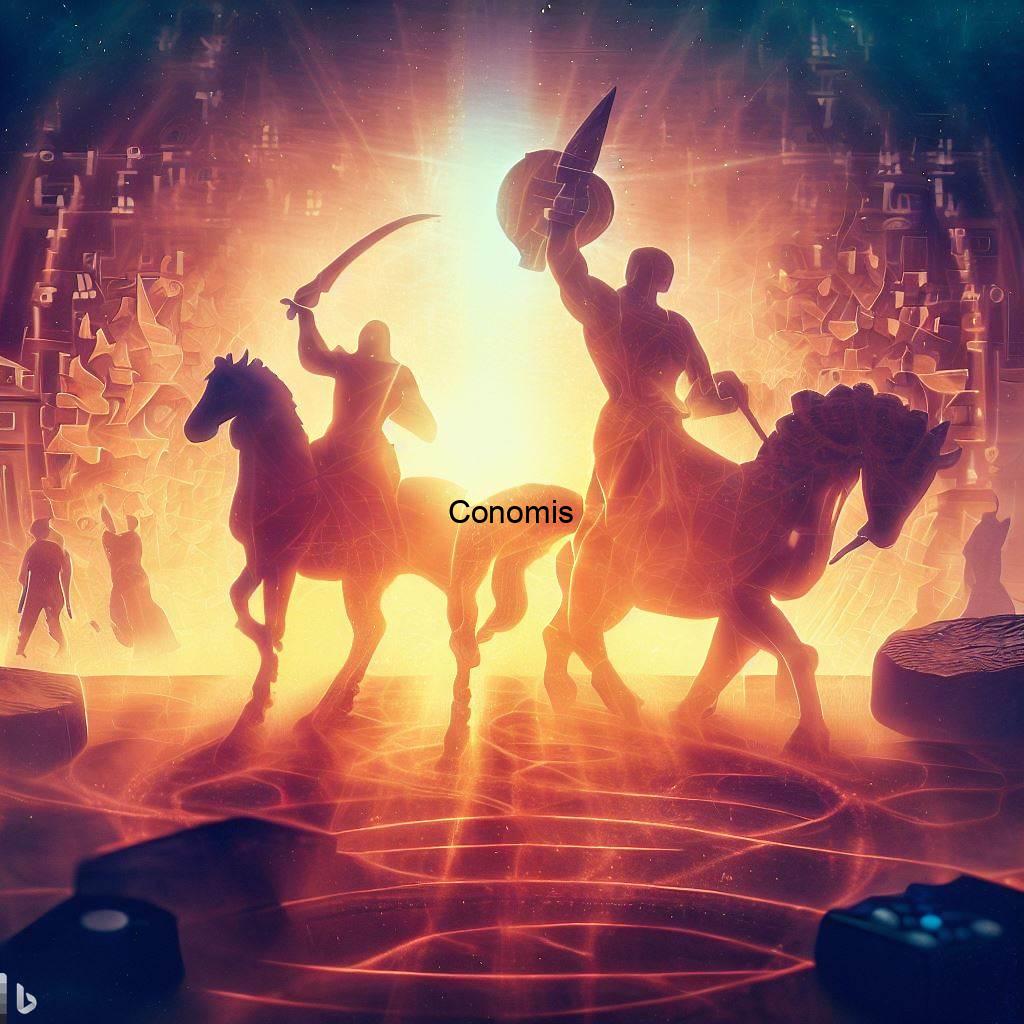
As human civilization progressed, so did the complexity of games. What began as simple activities evolved into strategic challenges that tested one’s mental acuity and strategic thinking.
The legacy of games has endured through the ages, and they continue to be an essential part of our lives. Whether played on a dusty field or in the virtual realms of a computer, games remain a timeless source of joy and connection for humanity.
Direct Physical Activity and Bonding Events
In ancient civilizations, games served as more than just forms of entertainment; they were dynamic and physical activities that brought people together. The essence of games lay in their ability to not only amuse but also foster social bonding among individuals and communities. Activities like running, jumping, wrestling, and various ball games were prevalent in diverse cultures, providing an outlet for physical expression and camaraderie.
These games were not limited to mere leisure; they played a vital role in strengthening the fabric of society. Through friendly competitions and challenges, individuals developed a sense of belonging and camaraderie, enhancing their social connections and understanding of one another.
In many ancient cultures, physical games were not just for amusement; they often had cultural, religious, or spiritual significance. Ritualistic games were performed as part of ceremonies, and they carried deeper meanings, symbolizing aspects of life, death, or cosmic order.
Beyond the physical aspect, games served as platforms for skill development and character building. Skills like teamwork, leadership, and sportsmanship were honed through these activities, preparing individuals to face real-life challenges.

As societies evolved, games continued to hold immense importance. They were not limited to specific age groups or genders; instead, they were inclusive and brought people from different walks of life together. This inclusivity contributed to a sense of unity and mutual respect within communities.
In conclusion, the games of ancient civilizations held a dual purpose of physical activity and bonding. They provided a means of entertainment while also fostering social connections, unity, and skill development. These games were more than mere pastimes; they were integral to the cultural fabric of societies, leaving a lasting impact on the way people interacted and bonded with one another. Even in our modern world, the spirit of these ancient games lives on, reminding us of the timeless value of physical play and the power of games to bring people together.
Games as a Medium of Learning

Teaching Spiritual and Ethical Lessons
In ancient times, games held a profound significance beyond mere amusement; they were valuable tools for imparting spiritual and ethical wisdom. Through carefully crafted gameplay, many ancient games incorporated moral values and teachings, offering a unique and engaging medium to pass down essential life lessons.
These games were not only sources of entertainment but also served as a means to instill cultural norms and ethical principles within the community. Often intertwined with religious practices, these games carried profound spiritual significance, providing a connection to the divine and a deeper understanding of the universe.
The symbolism and rules embedded within these games acted as metaphors for real-life situations, guiding players on the path of righteousness and ethical conduct. Players learned to navigate challenges, make wise decisions, and understand the consequences of their actions through these interactive experiences.

By integrating moral values into the gameplay, ancient societies found an effective way to educate and mold the character of their people. These games became a platform for discussions on virtue, justice, and the intricacies of human behavior, fostering a collective sense of responsibility and ethical awareness.
Furthermore, the interactive and playful nature of these games made learning enjoyable and accessible to all, transcending age, gender, and social status. They not only preserved cultural wisdom but also ensured its transmission across generations.
In conclusion, the games of antiquity were far more than just playful diversions; they were repositories of spiritual and ethical teachings. Through engaging gameplay and symbolic representation, these games conveyed profound life lessons, fostering wisdom, ethical understanding, and spiritual growth. They continue to remind us of the enduring power of games as a medium for imparting essential values and shaping the character of individuals and societies.
From BCE to the AD Era: Evolution of Games

Games from the Past to the Modern World
The evolution of games has been a captivating and transformative journey, spanning millennia and crossing vast cultural landscapes. It began with ancient board games like “Senet,” which graced the courts of Egypt around 3500 BCE. These early games were not just pastimes but also embedded with cultural significance, reflecting the beliefs and values of the civilizations that birthed them.
As human societies advanced, so did the complexity and diversity of games. Throughout history, different regions and cultures devised their unique games, each reflecting their distinct traditions and philosophies. From the Chinese game of “Go” to the Indian game of “Pachisi,” and the European game of “Chess,” each had its own charm and strategic depth.
With the advent of industrialization and the rise of technology, games took a leap into the modern world. The 20th century witnessed the birth of video games, thanks to the efforts of visionary pioneers who brought interactive entertainment to television screens and arcade halls. The digital realm opened up endless possibilities, allowing players to explore virtual worlds, engage in epic adventures, and connect with others worldwide.
As technology continued to advance, games became more immersive and sophisticated. Virtual reality and augmented reality brought gaming experiences closer to reality than ever before, blurring the lines between the physical and the virtual.
Today, games are not only a form of entertainment but also a thriving industry, encompassing a wide range of genres and platforms. They have become an integral part of contemporary culture, shaping social interactions, influencing art, and even impacting education and training.
In conclusion, the journey of games from ancient board games to the modern digital wonders is a testament to the enduring human fascination with play and imagination. Games have evolved from simple pastimes to intricate virtual experiences, leaving an indelible mark on the fabric of human history and culture. As technology continues to advance, we can only imagine the exciting possibilities that lie ahead in the ever-evolving world of games.
Outdoor to Indoor: Changing Settings
The advancement of civilization has brought about a significant transformation in the world of games, shifting the focus from outdoor to indoor settings. In the early stages of human history, games were primarily played in open spaces, utilizing nature’s expanse as the playground. Activities like running, chasing, and team sports were popular pastimes that fostered physical prowess and social interaction.
However, as societies progressed and urbanization took hold, a shift occurred in the way games were played. With the emergence of indoor spaces, new possibilities arose for gaming experiences. Board games, card games, and puzzles became prominent, offering intellectually stimulating challenges that tested strategy, critical thinking, and problem-solving skills.
Indoor games provided a means of entertainment and engagement that was not dependent on weather conditions or outdoor environments. This accessibility allowed people to indulge in games regardless of the season or time of day, enhancing the frequency and variety of play.
Board games, in particular, became emblematic of this transition. They encapsulated elements of art, strategy, and chance, drawing players into a world of competition and camaraderie. Games like Chess, Backgammon, and Monopoly became household names, bringing families and friends together for hours of fun and friendly rivalry.

The technological revolution further propelled the evolution of indoor gaming. Video games and virtual simulations introduced entirely new dimensions to the gaming experience, transporting players to fantastical realms and immersive adventures.
Despite this shift to indoor gaming, outdoor activities have not been entirely replaced. Traditional sports, playground games, and recreational activities continue to hold a special place in the hearts of many, providing an outlet for physical activity and a connection to nature.
In conclusion, the transition from outdoor to indoor games is a reflection of the ever-changing dynamics of human life and society. As civilization progresses, so do our means of play and entertainment. The advent of indoor games has broadened the horizons of gaming experiences, offering a diverse array of challenges and experiences that enrich our lives and connect us with others in meaningful ways.
Gaming Tools: From Bone to Dice to Computers

The Tools of the Trade
The history of games is intricately intertwined with the evolution of the tools used to play them. In ancient times, when games were first taking shape, early humans relied on the simplest of materials to fashion gaming pieces. Bones, stones, and sticks were ingeniously transformed into rudimentary tools that laid the foundation for the games we know today.
One of the most significant advancements in gaming tools was the invention of dice around 3000 BCE. These small, cubical objects revolutionized the way games were played, introducing an element of chance and randomness. Dice became pivotal gaming tools, adding excitement and unpredictability to various games of chance and strategy.
As human civilizations progressed, so did the craftsmanship of gaming tools. Intricately carved wooden game pieces, colorful tokens, and beautiful playing boards emerged, reflecting the cultural aesthetics of their respective regions. Games such as Chess, Checkers, and Mancala utilized distinct and captivating gaming pieces that enhanced the overall experience.
With the advent of the industrial age, mass production allowed gaming tools to be more widely available, making games accessible to people of various backgrounds. Standardized dice, playing cards, and game boards became commonplace in households and social gatherings.
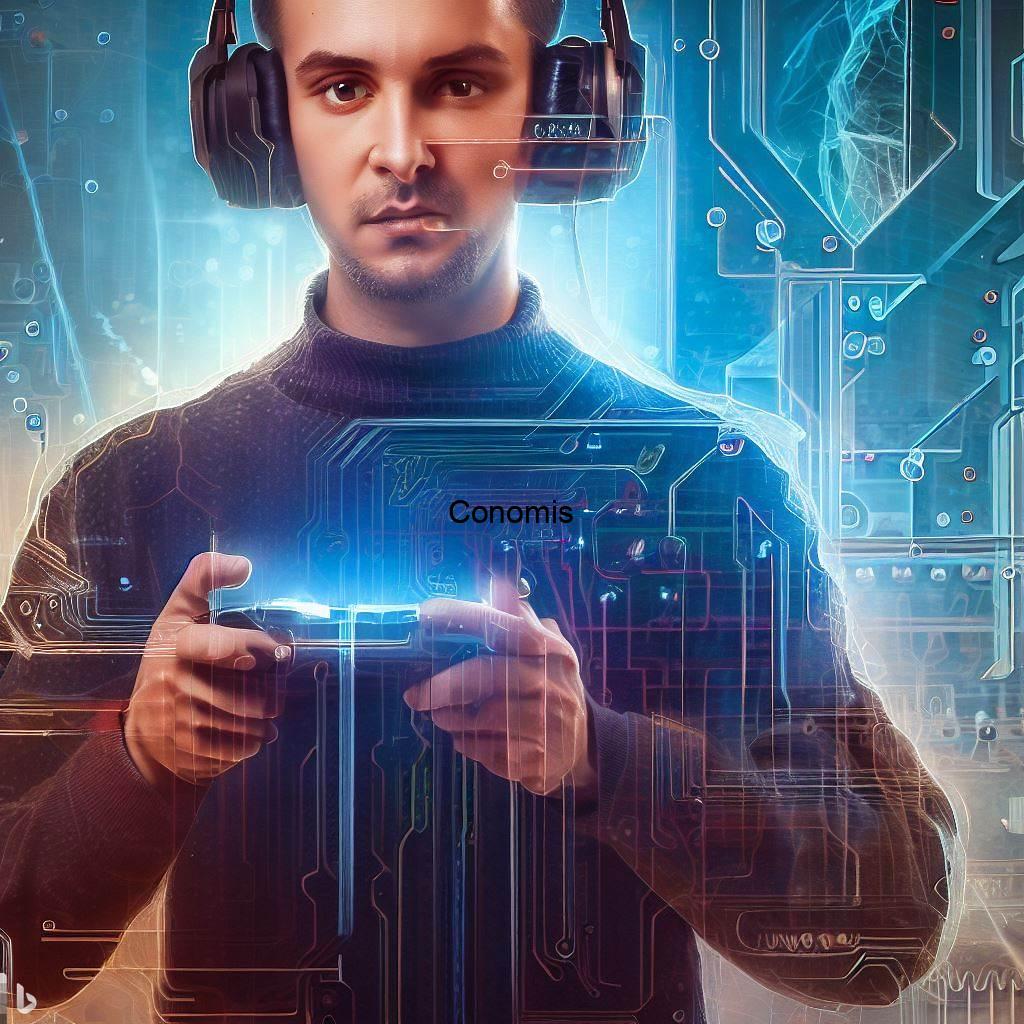
The digital revolution in the late 20th century further transformed gaming tools, propelling games into the virtual realm. Video game controllers, keyboards, and touchscreens became the means to navigate immersive virtual worlds and interact with digital opponents.
Today, the world of gaming continues to be shaped by cutting-edge technology, with virtual reality and augmented reality adding new dimensions to the gaming experience.
In conclusion, the evolution of gaming tools mirrors the ingenuity and creativity of human civilization. From humble beginnings with bones and sticks to the complex digital interfaces of today, gaming tools have evolved significantly, enriching the world of games and captivating players across the ages. As technology continues to advance, we can only anticipate more innovations in gaming tools that will propel the world of games into exciting and uncharted territories.
The Digital Revolution: Games in the Computer Age
The digital revolution brought about a seismic shift in the gaming landscape, catapulting it into a new era with the advent of computers. The gaming industry underwent a radical transformation as computers opened up limitless possibilities for interactive entertainment. This marked the birth of video games, a revolutionary form of play that captured the hearts and minds of people worldwide.
In the early days of computer gaming, the visuals were modest, with simple pixelated characters and basic graphics. Yet, even with their humble appearance, these games sparked a sense of wonder and excitement among players. As technology progressed, gaming experiences evolved exponentially, leading to the creation of immersive virtual worlds that allowed players to escape into fantasy realms.
The introduction of 3D graphics and realistic simulations elevated gaming to an unparalleled experience. Players could now navigate vast open worlds, interact with lifelike characters, and embark on epic quests from the comfort of their homes. Gaming became more than just a pastime; it became a way to explore new realities and engage in interactive storytelling.
As the gaming industry flourished, diverse genres emerged, catering to different preferences and interests. From action-packed shooters to thought-provoking puzzle games and richly detailed role-playing adventures, video games catered to a broad spectrum of players.
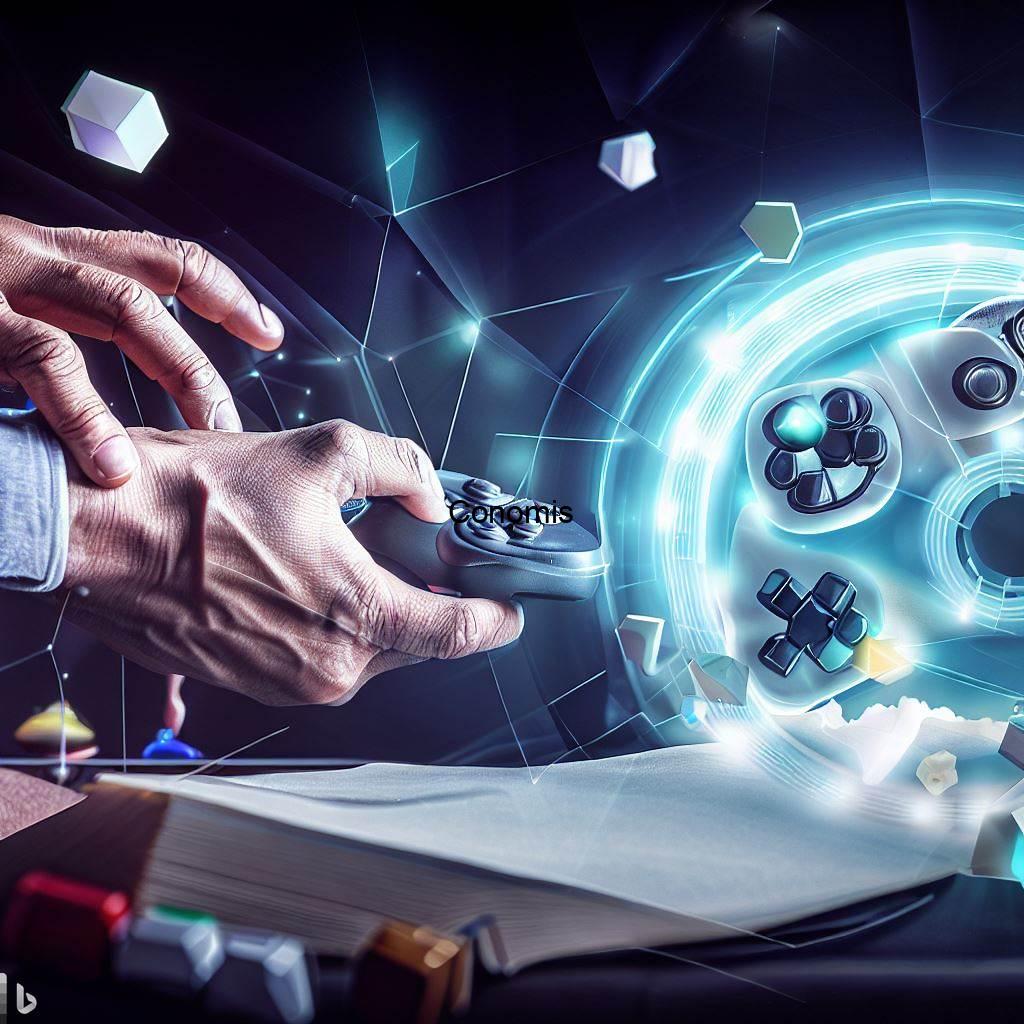
Online connectivity further transformed gaming, allowing players to connect and compete with others across the globe. Multiplayer experiences fostered a sense of community and camaraderie, as players collaborated or challenged each other in real-time.
The digital revolution also democratized game development, allowing independent creators to bring their visions to life. Indie games garnered immense popularity, providing unique and innovative experiences that pushed the boundaries of traditional gaming.
In conclusion, the digital revolution in the gaming industry has been nothing short of extraordinary. From the early days of simple pixelated characters to the creation of vast and immersive virtual worlds, the journey of computer gaming has been awe-inspiring. The allure of video games lies in their ability to transport players to places they could only dream of, blurring the lines between reality and fiction. As technology continues to advance, the future of gaming holds the promise of even more remarkable experiences that will captivate generations to come.
Games and Mental Skills

Strategic Thinking and Mental Acumen
Games such as “Shatranj” and “Weiqi” (GO) transcended their status as mere recreational pastimes and emerged as powerful tools for developing strategic thinking and enhancing mental acumen. These games were not just amusements; they held a revered place in societies, often attracting intellectuals and leaders who recognized their profound benefits beyond entertainment.
“Shatranj,” the precursor to modern chess, demanded intricate planning and foresight. Players had to devise elaborate strategies to outmaneuver their opponents, anticipating moves and countermoves several steps ahead. The game honed analytical skills, critical thinking, and the ability to strategize under pressure, making it a favorite pastime among scholars and military tacticians.
“Weiqi” (GO), originating in ancient China, is renowned for its complexity and depth. It revolves around controlling territory on a board by strategically placing stones. The game requires profound spatial reasoning, pattern recognition, and an understanding of the bigger picture. As such, it attracted not only scholars but also statesmen and military leaders who recognized its potential to sharpen strategic decision-making.
Both “Shatranj” and “Weiqi” transcended cultural boundaries, spreading their influence across regions and epochs. The games were more than mere competitions; they were exercises in mental dexterity and character development. Playing these games instilled qualities like patience, adaptability, and resilience, virtues that extended beyond the gaming table.
Today, the legacy of these strategic games continues, not only in their traditional forms but also in digital adaptations that have reached a global audience. Chess and Go tournaments attract players of all ages and backgrounds, proving that the allure of strategic thinking remains timeless.
In conclusion, “Shatranj” and “Weiqi” stand as timeless exemplars of games that go beyond mere amusement. They served as training grounds for strategic thinking and mental acumen, captivating the minds of intellectuals and leaders throughout history. These games continue to inspire and challenge players to this day, testifying to the enduring power of games as tools for intellectual growth and skill development.
Games Across Continents
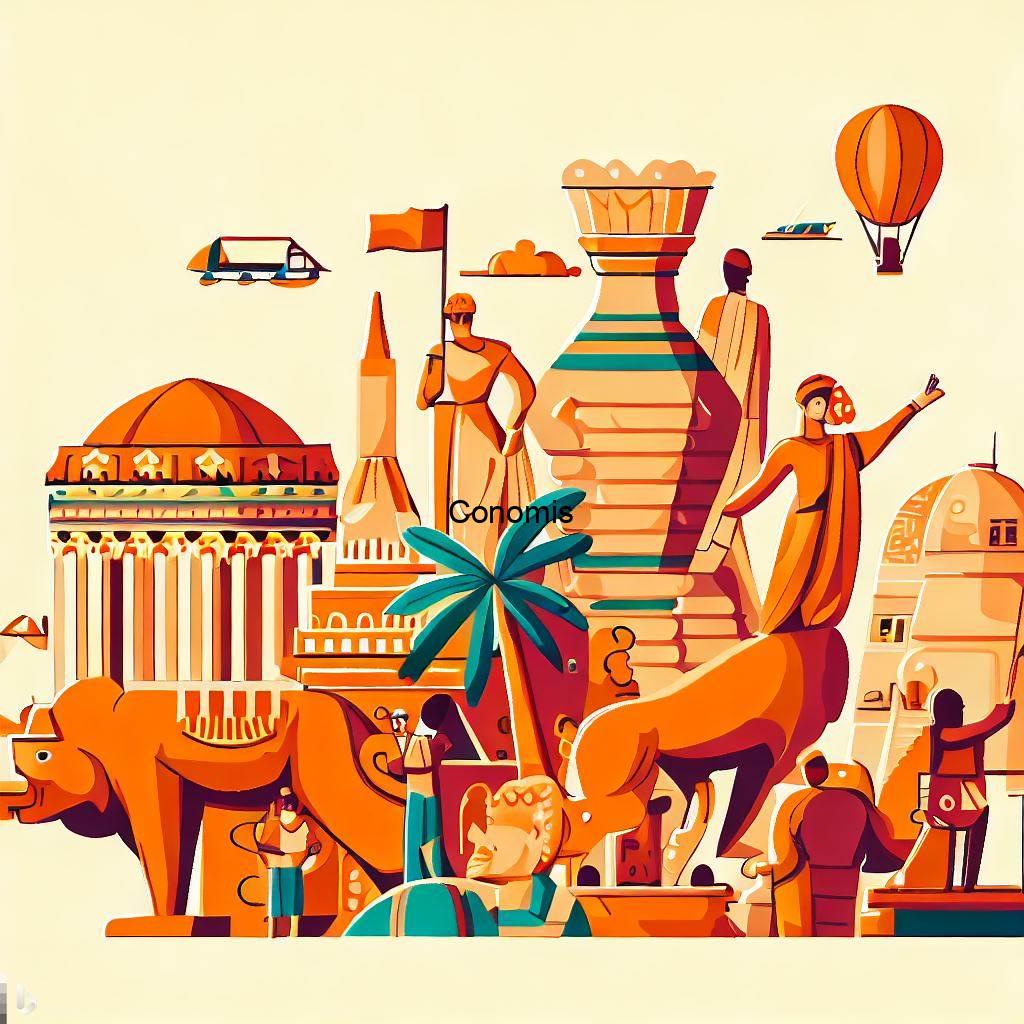
From the Middle East to Africa, Europe, and America
Games have traversed continents, leaving an indelible mark on the cultural fabric of societies across the globe. From the ancient civilizations of the Middle East to the vast expanse of Africa, the diverse landscapes of Europe, and the sprawling continents of America, games have found their place in the hearts of people from various backgrounds.
As games spread from one region to another, they underwent transformations, adapting to the beliefs, customs, and traditions of each culture. Local nuances and unique touches were woven into the gameplay, reflecting the essence of the communities that embraced them. This process of adaptation gave rise to an astonishing diversity in gaming practices, enriching the global gaming landscape.
In the Middle East, ancient board games like “Senet” and “Mancala” showcased the intellectual depth of their civilizations, offering challenges that required strategic thinking and skillful planning. These games served as a medium for both amusement and cultural expression.
The African continent boasted a vibrant array of traditional games, many of which were embedded with rich symbolism and ceremonial significance. These games celebrated communal bonding and served as a means to pass down stories, values, and life skills from one generation to the next.
Across the continents of Europe, games such as “Chess” and “Checkers” captivated the imagination of players, becoming emblematic of intellectual pursuits and strategy. These games symbolized the intricate interplay between nations and cultures, embodying the spirit of competition and diplomacy.

In the Americas, indigenous games like “La Pelota” in Mesoamerica and various ball games among Native American tribes emphasized physical prowess and served as a means of spiritual connection to nature.
Today, the cross-cultural exchange of games continues, with modern gaming experiences drawing inspiration from diverse traditions. Video games, in particular, incorporate elements from various cultures, allowing players to explore virtual worlds inspired by the folklore and mythology of different regions.
In conclusion, games have transcended geographical boundaries, connecting people across continents through the universal language of play. The rich tapestry of gaming traditions, shaped by different civilizations and their unique perspectives, has contributed to the diverse and ever-evolving gaming landscape we cherish today. As we continue to explore and celebrate games from all corners of the world, we honor the legacy of shared human experiences and the enduring spirit of play that unites us all.
Conclusion
The history of games stands as a remarkable testament to the boundless creativity and ingenuity of humanity. Since time immemorial, games have woven themselves into the very fabric of our cultural existence, enriching our lives in multifaceted ways. They have been more than mere amusements; they have served as vehicles for learning, opportunities for growth, and catalysts for social bonding.
From the earliest playful activities of our ancestors, games have evolved into sophisticated forms of entertainment that cater to diverse interests and age groups. In ancient times, games were a means of connecting communities, forging alliances, and passing down cultural wisdom from one generation to the next. They carried deep symbolic meaning and often had spiritual or moral significance, imparting essential lessons to participants.
As human civilization advanced, games transitioned from outdoor activities to indoor pursuits, reflecting the changing dynamics of our societies. The advent of the digital age further propelled gaming to unprecedented heights, giving birth to immersive virtual worlds that challenged our imagination and offered interactive experiences like never before.
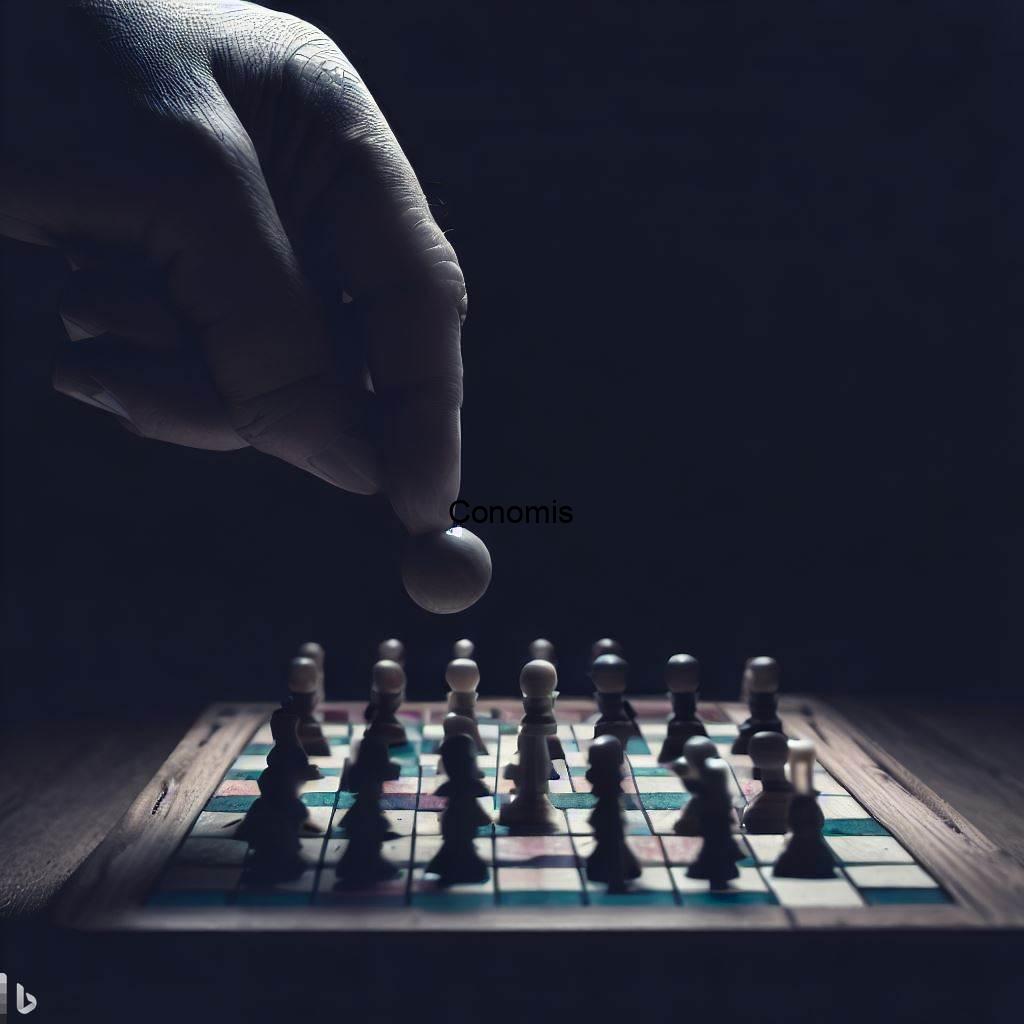
Beyond the realm of entertainment, games have served as valuable educational tools. They have nurtured cognitive abilities, problem-solving skills, and strategic thinking, making learning an enjoyable and engaging process.
Moreover, games have acted as catalysts for social interaction and bonding. Whether played with family, friends, or strangers, games create shared experiences that foster a sense of camaraderie and connection among participants.
In conclusion, the history of games paints a vivid portrait of our innate desire for play, exploration, and growth. From the earliest games etched into ancient civilizations to the awe-inspiring digital wonders of today, games continue to weave an integral thread through the tapestry of human life. As we forge ahead into the future, games will undoubtedly remain a cherished part of our cultural heritage, shaping our collective experiences and offering endless opportunities for joy, learning, and connection.
FAQs
Q. When did games first originate?
Games can be traced back to ancient times, with some games dating as far back as 3500 BCE.
Q. What were the earliest gaming tools?
The earliest gaming tools included bones, stones, sticks, and dice.
Q. How did games evolve into video games?
The invention of computers led to the development of video games in the 20th century.
Q. What role did games play in ancient societies?
Games were not only sources of entertainment but also served as tools for teaching spiritual and ethical lessons.
Q. What are some famous ancient board games?
Some famous ancient board games include “Senet” from Egypt and “Shatranj” from Persia.
You Can Also Read
Conomis Thoughts
![]() Copyright 2023 CONOMIS
Copyright 2023 CONOMIS

